
Sciences & Technology
Global food security under threat from crop and livestock diseases
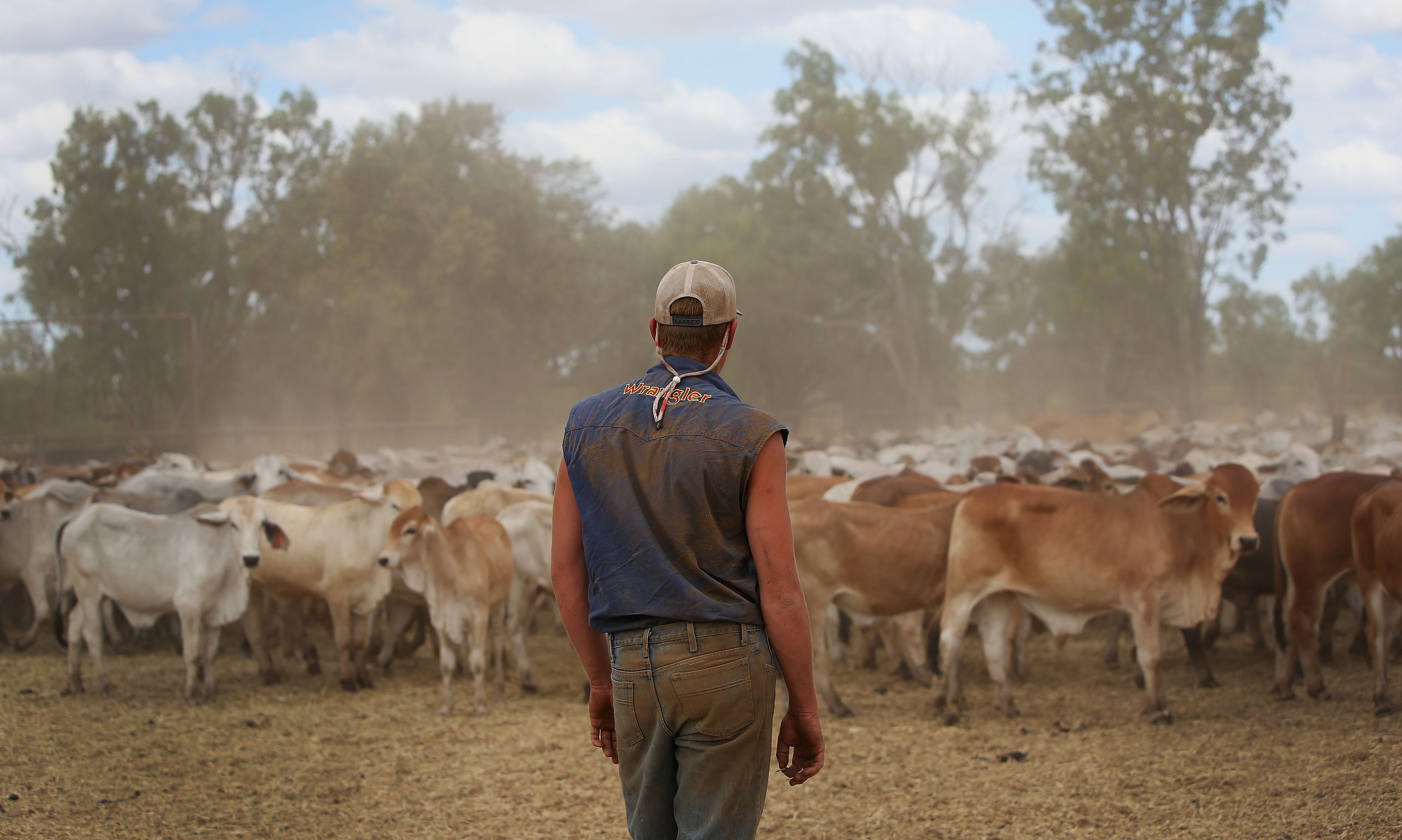
Australia has been free of foot-and-mouth disease since 1872, but outbreaks in neighbouring countries are a cause for concern
Published 26 July 2022
Should Australia be worried about foot-and-mouth disease?
The short answer is yes. There’s currently a new, widespread outbreak in our neighbour, Indonesia, and it could spread to Australia.
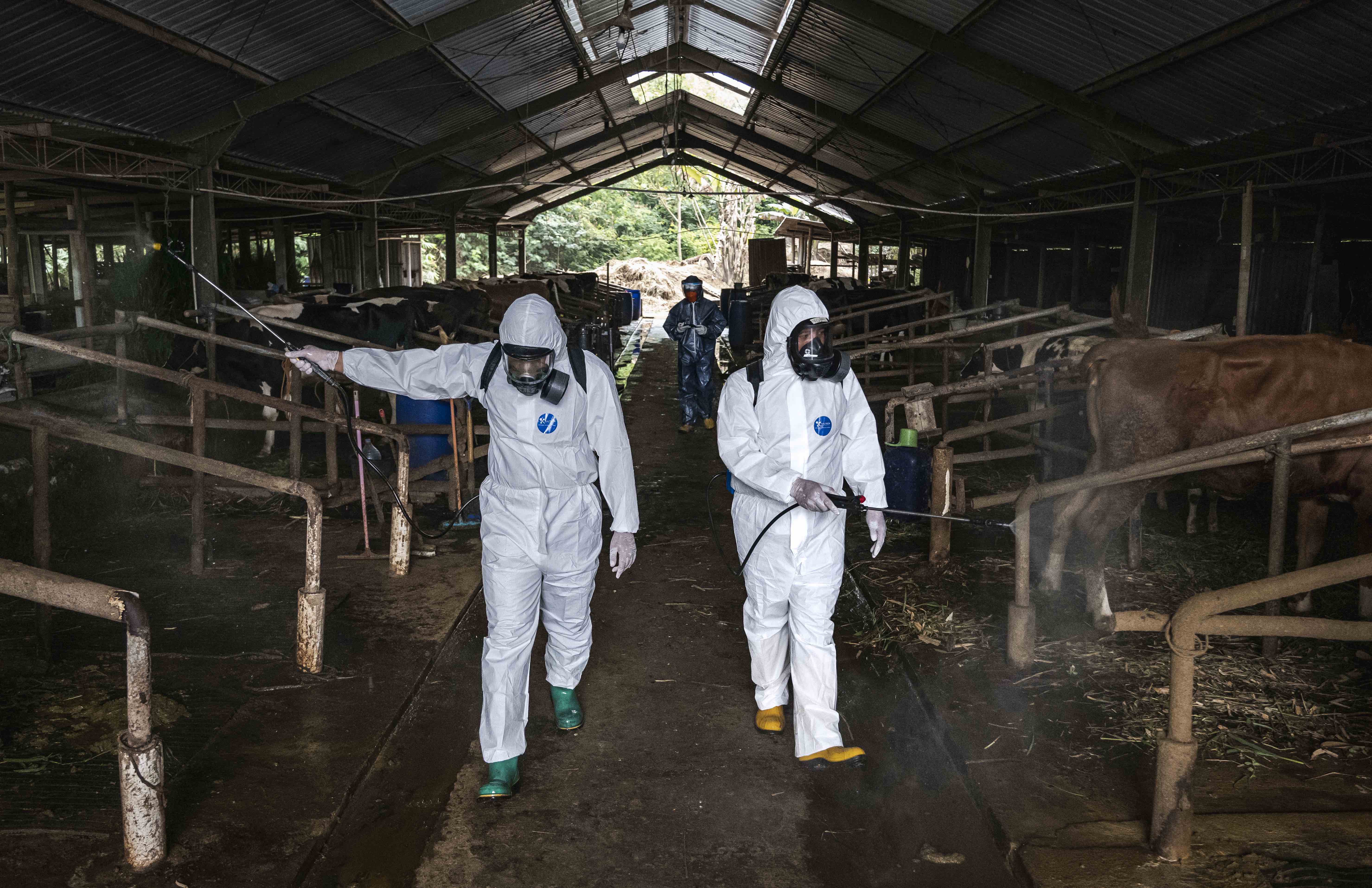
Foot-and-mouth disease (FMD) affects livestock, including cattle, pigs, sheep and goats, but also other cloven-hoofed animals like camels and deer. It’s caused by the foot-and-mouth disease virus – FMDV. This is a highly infectious virus that’s hardy in the environment.
While the disease is unpleasant, causing blisters on the tongue, around the mouth and on the hoofs, and affects livestock productivity, mortality is relatively low in adult animals.
The disease is a challenge from an animal health, animal welfare and food productivity point of view, but the economic consequences are also a major concern. International trade laws prohibit the export of animals, meat and other animal products (for example, semen for breeding) from countries that have foot-and-mouth disease to those that don’t.

Sciences & Technology
Global food security under threat from crop and livestock diseases
Eliminating an outbreak might, if small, be accomplished by vaccination, but more frequently it requires the culling of infected animals – a so-called stamping-out of the infection.
An outbreak in the United Kingdom in 2001 resulted in the culling of several million animals at a cost of around $AU23 billion to the UK economy with large pyres of burning and buried animals across the ordinarily bucolic British countryside.
Much of the cost was related to the disruption of rural economies, most notably tourism.
Australia has not had foot-and-mouth disease since 1872 and one of the challenges may be ensuring veterinarians recognise the disease in a timely manner. This was the problem in the UK in 2001, when animal movements spread the infection widely before it was clinically recognised.
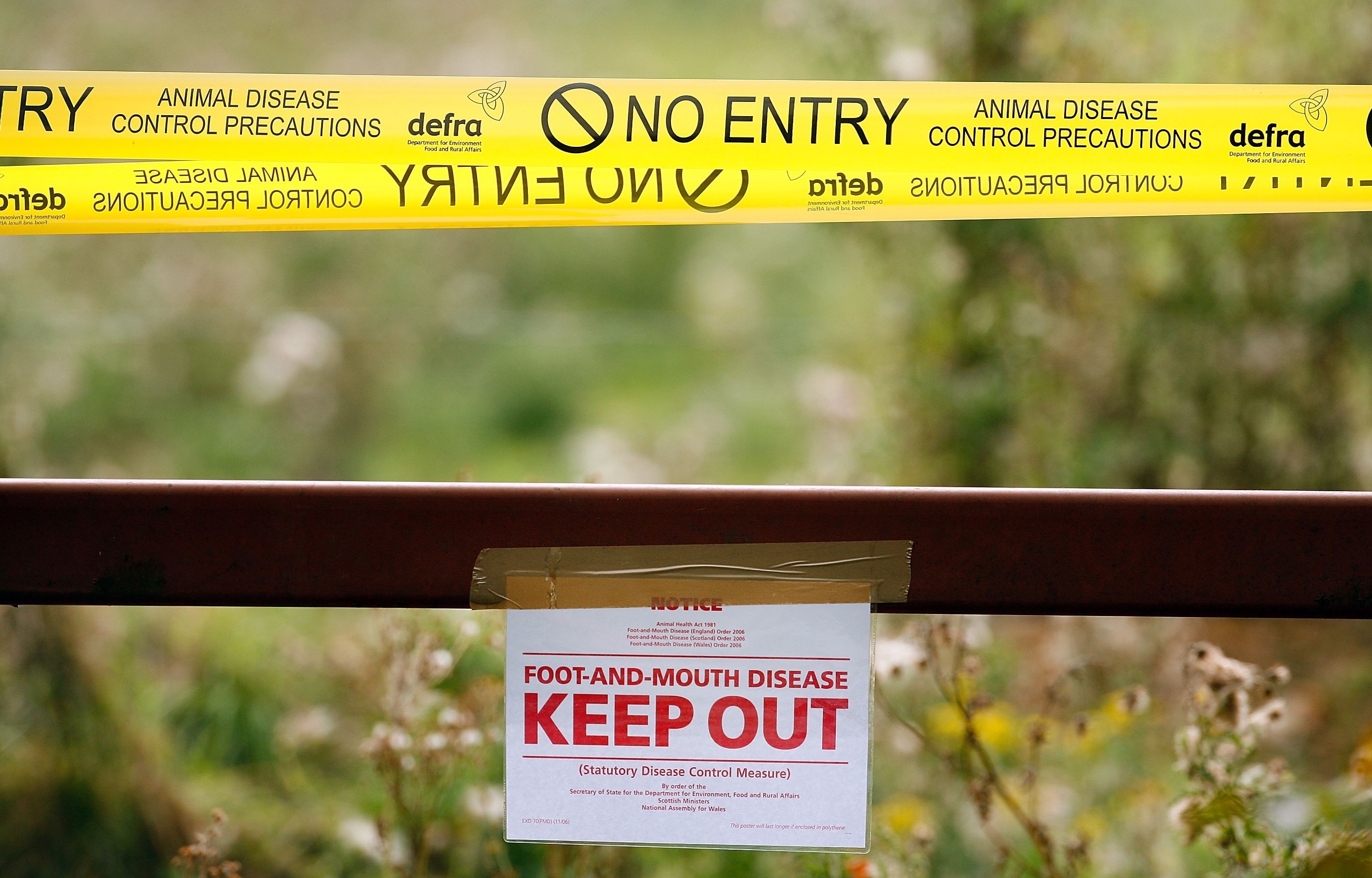
There are vaccines, but vaccination also affects a nation’s ability to export livestock animals and their products. So, while vaccination may be used to vaccinate animals in a small outbreak, with subsequent culling of the vaccinated animals, the utility of this decreases as the infection becomes more widespread.
The UK 2001 outbreak spread to neighbouring Europe and the Dutch successfully controlled an outbreak by ring vaccination; that is, the vaccination of all susceptible farm animals in a wide geographical ring around the area of the outbreak.
So how does this virus spread?

Health & Medicine
The interconnectedness of human, animal and environmental health
It’s a small proteinaceous virus with an RNA genome. It doesn’t have a lipid envelope and it is relatively stable in the environment in soil, on surfaces and in the air.
Close contact between animals is the main route of transmission. For example, in a herd of cattle, transfer through infected faeces and respiratory exudates are important.
Longer distance air-borne infection also occurs, and in this case infected pigs are particularly important as their respiratory exudates contain the highest levels of virus.
The virus does not infect humans and should not be confused with the rash and blisters of human hand-foot-and-mouth disease virus most commonly seen in young children.
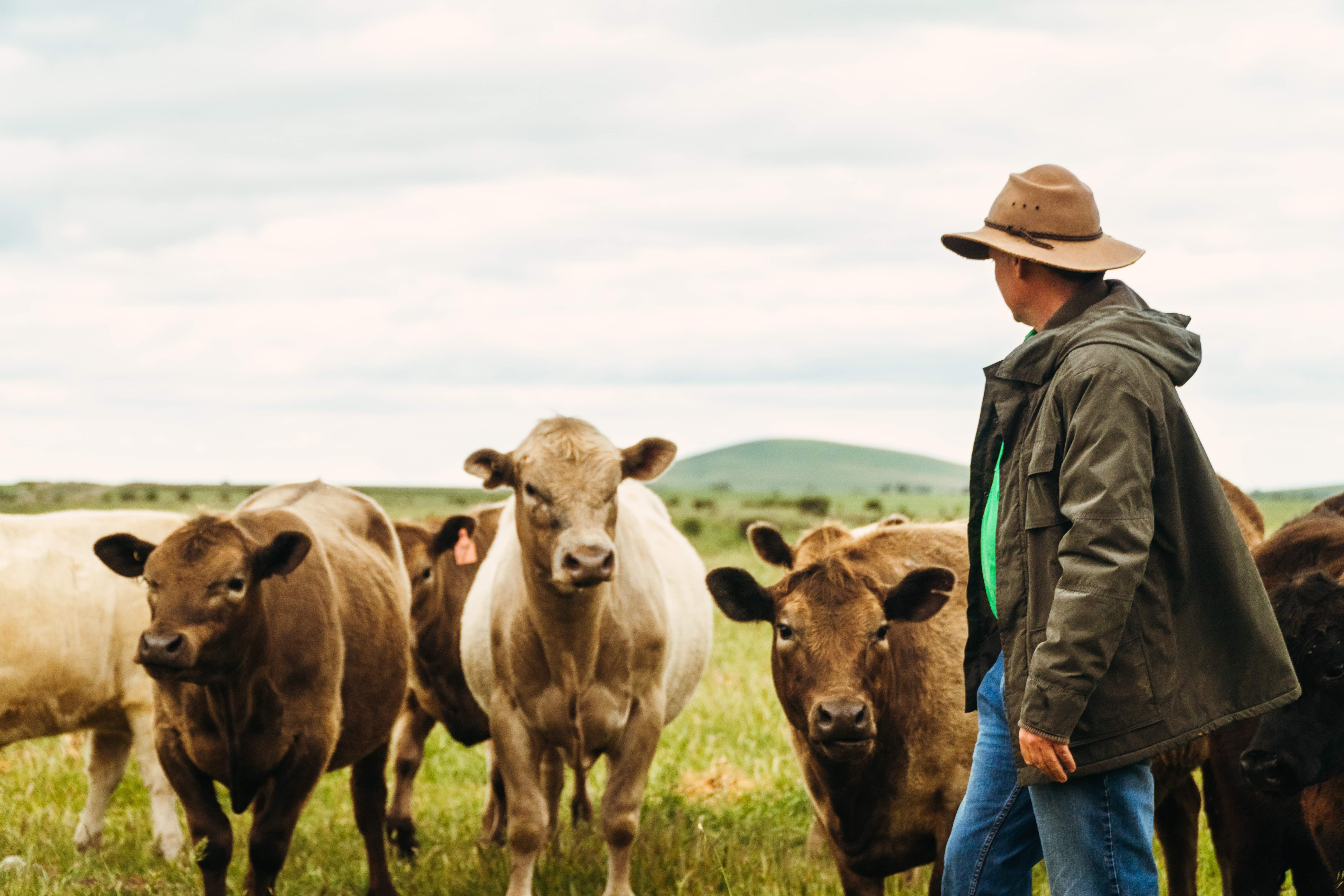
The livestock virus, FMDV, can remain infectious for days on clothes and, most importantly, footwear. In fact, the virus has also been isolated from nasal swabs in people where studies suggest it remains viable for up to 24 hours.
The high socioeconomic consequences and high infectivity of FMDV make researching the virus and its disease difficult – it’s mostly done in a relatively small number of highly specialised, high-containment laboratories across the globe.
One of the most notable is the Pirbright Institute in the UK, which houses the UN (Food and Agriculture Organization’s) World Reference Laboratory for Foot-and-Mouth Disease.

Environment
Dairy’s (climate) changing future
This laboratory confirms diagnoses made elsewhere, determines the strain of the virus and suggests appropriate vaccines – which are produced and stockpiled in an adjacent facility.
The Australian component of this international network is the Commonwealth Scientific and Industrial Research Organisation’s (CSIRO) Australian Animal Health Laboratory in Geelong, recently renamed the Australian Centre for Disease Preparedness. This laboratory, as well as the state and national Chief-Veterinary Officers and their teams, have developed plans included in AUSVETPLAN for how Australia will respond if we do have an FMD outbreak.
Australia’s first defence is its international border.
As a continental island, the country can more readily control who and what comes here. Arrivals by air from Indonesia currently receive biosecurity messages on the plane and are met by additional notices and sniffer dogs.
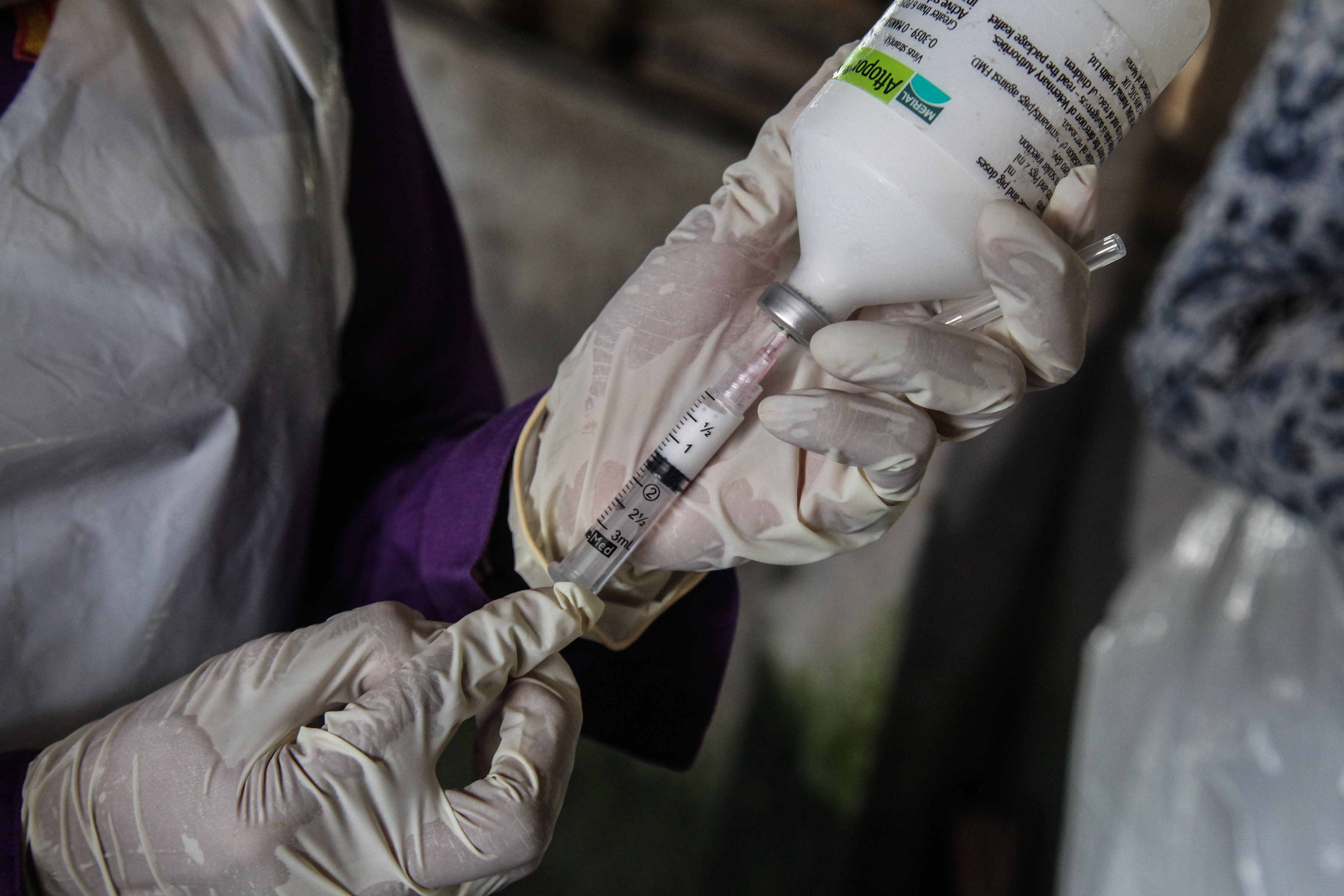
The sniffer dogs don’t detect the virus directly - they are trained to detect meat and meat products of which, unfortunately and illegally, a lot of material comes into Australia at all ports of entry.
Too frequently these materials test positive for signs of FMDV and other viruses like African swine fever, which authorities are working hard to contain.
Positive tests are not necessarily indicative of infectious material but can show that the material once was and may still be infectious.

Sciences & Technology
Targeting the bacteria inside insects for improved pest management
It’s the illegal transport of animals and animal products into Australia that is probably our greatest risk.
Foot-and-mouth disease is endemic in much of SE Asia, the Indian subcontinent, the Middle East, Africa and some parts of South America. There’s much travel from these areas to Australia, as there was from the UK in 2001, and yet we have not had an outbreak in over a century.
It’s also worth noting that, while the UK 2001 outbreak did spread to neighbouring countries, this was most likely related to movement of animals and animal products, not direct human-mediated transmission.
So, if footwear is cleaned before entering the country, people avoid travelling to farms within a week of arriving and mats of disinfectant are introduced at ports, airports and at high-risk farm entry points, we stand a good chance of avoiding direct human-mediated transmission.

The estimate for direct economic losses to the livestock and meat industries for a large FMDV outbreak here in Australia is around $AU80 billion over ten years.
The reality will depend on the extent of the outbreak and where it is, but the UK experience tells us that the economic costs from other disruptions to the economy – like travel and tourism – could amplify this considerably.
Should we be worried? Yes, but mostly about illegal imports of animals, meat and other animal products. Hopefully, foot-and-mouth disease won’t be our new news-headlining virus of the next few years.
Banner: Getty Images